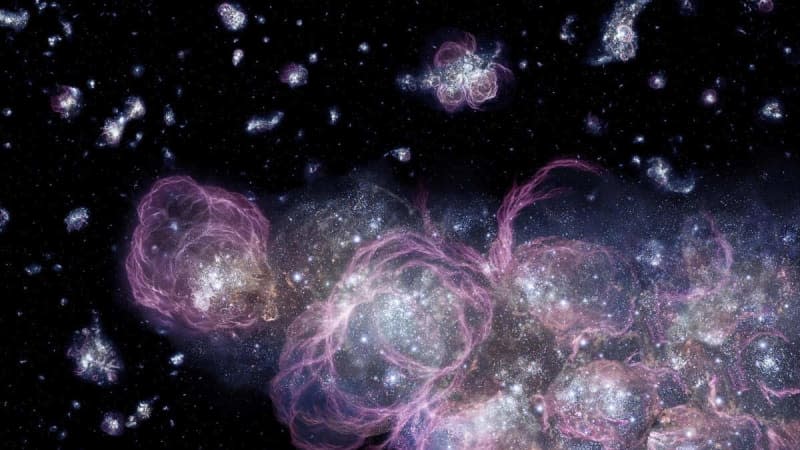Cosmo JWST Ancient Galaxies
New observations from the James Webb Space Telescope (JWST) suggest the cosmos may be much older than once believed. For decades, scientists have held that the universe is about 13.8 billion years old. That number now faces serious doubt, thanks to the telescope’s groundbreaking data.
The JWST wasn’t just designed for clearer images—it was built to peer deeper into time than ever before. Its precision and range allow it to detect light from the earliest galaxies, opening a window into the universe’s youth. And what it’s seeing doesn’t match the script cosmologists have followed for years.
Some of the most puzzling finds have been dubbed “impossible early galaxies.” These ancient structures appear to have formed just 500 to 800 million years after the Big Bang. But that’s where the problem lies: they look far too developed for their supposed age.
These galaxies show features—such as disks and bulges—that, by current models, shouldn’t appear for billions of years. One scientist put it bluntly: “It’s akin to seeing a toddler with the wisdom of an octogenarian.” These galaxies seem to possess the complexity of much older systems, shaking the foundation of what we thought we knew.
